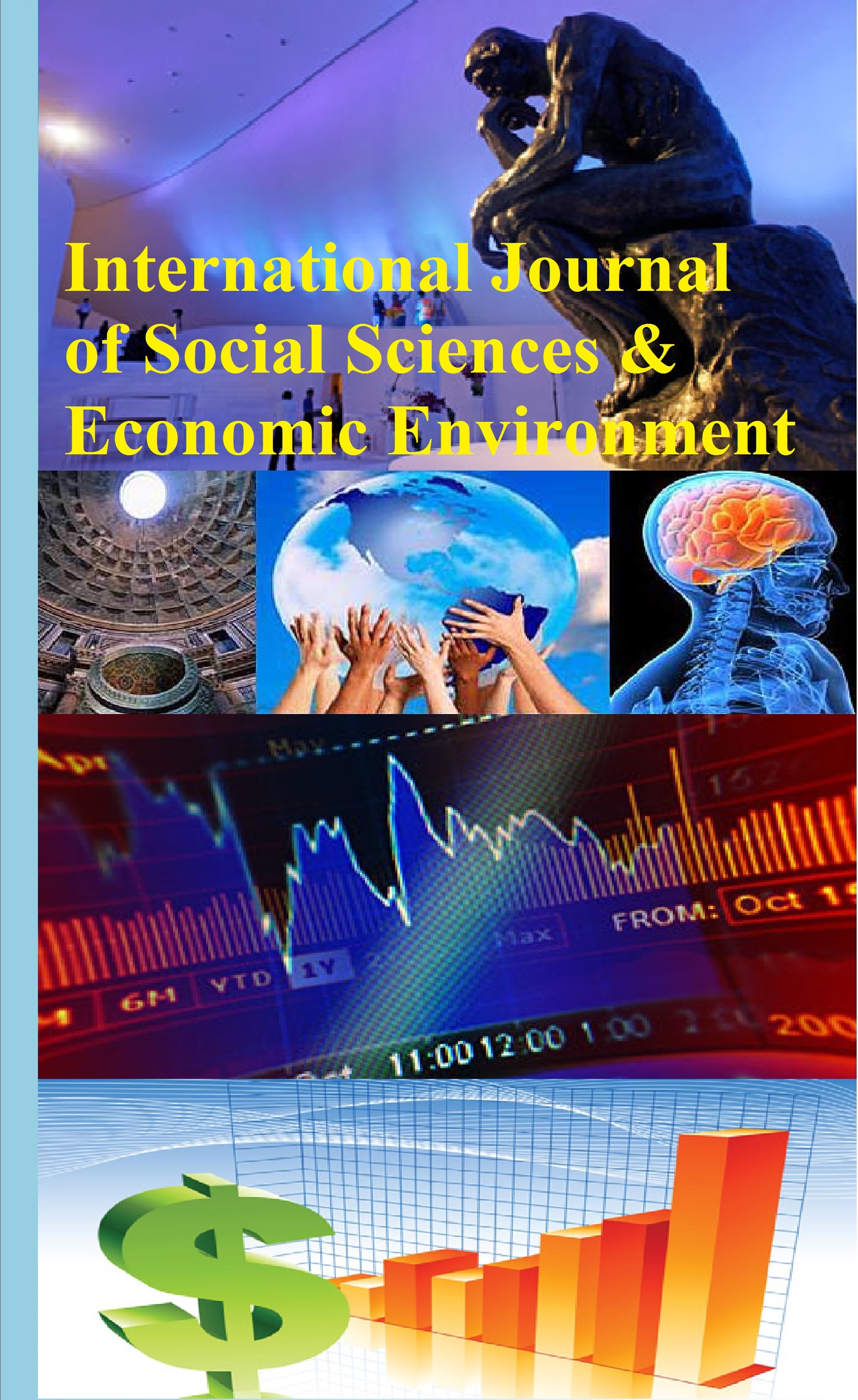ABSTRACT
Objectives: Investors' investments patterns, inclinations, and views of open-ended Equity Linked Saving Schemes (ELSS) Mutual Funds are discussed in this study.
Design Methodology: For the study, 251 respondents from M.P., District Indore, were given structured questionnaires. Various statistical procedures, such as ANOVA, coefficients, and regression analysis, were used to analyse the collected data.
Findings: The security of the principal amount, liquidity, and capital appreciation are the most important aspects of the investment. Investors' opinions of tax-saving mutual funds have a limited influence on behaviour and inclinations.
Research Implications: Gradual and systematic choices centred on high-quality, personalised perspectives of investment options should be given priority. Providing practice-based mutual fund investments that are optimised for the features of various investment avenues would increase investors' effectiveness and, as a result, contribute to expanding their understanding of mutual fund schemes and their role in capital markets.
Scope for future work / Research limitations: In the relationship between preferences and behaviour in open ended tax saving mutual fund schemes, there may be more than one mediator.
Originality/value: This will be the first study to look into perceptions as a possible mediator between preferences and behaviour. We looked at the mediating effects of perceptions on various preferences and behaviours as predictors.
Keywords: open ended tax saving mutual fund, mediator, ANOVA, partial mediation
Paper type: Research paper
REFERENCES
- Arathy, B., Nair, A. A., AnjuSai, P., &Pravitha, N. R. (2015).”A Study on factors affecting investment on mutual funds and its preference of retail investors”. International Journal of Scientific and Research Publications, 5(8), 1-4.Retetried from: https://www.ijsrp.org/research-paper-0815/ijsrp-p4473.pdf
- Baron, R. M., & Kenny, D. A. (1986). “The moderator-mediator variable distinction in social psychological research: conceptual, strategic, and statistical considerations”. Journal of Personality and Social Psychology, 51, 1173-1182. DOI: https://doi.org/10.1037//0022-3514.51.6.1173
- Goel, A., &Khatik, D. R. K. (2017).”A study on investors' awareness and preference towards mutual funds as an investment option”. International Journal of Commerce and Management Research, 3(3), 61-65. Retetried from: https://www.managejournal.com/download/389/3-3-13-113.pdf
- Kiran, M. et al. (2018), Investors Perception towards Tax-Saving Mutual Funds.International Journal of Engineering Technology, Management and Applied Sciences, 5(5), 512-522.
- Kaur, I. (2018). “Mutual fund investor’s behaviour towards information search and selection criteria”. Qualitative Research in Financial Markets, 10(4), 395–414. Retetried from: https://www.semanticscholar.org/paper/Mutual-fund-investor%E2%80%99s-behaviour-towards-search-and-Kaur/093adf80aeb4df38035d7414b5889305901164fa
- Sridevi, V. (2019). “INVESTOR’S BEHAVIOR TOWARDS MUTUAL FUND INVESTMENTS”. EPRA International Journal of Research and Development (IJRD), 4(7), 83-88 Retetried from: .https://eprajournals.com/IJSR/article/1574/abstract
- Zhao, X., Lynch, J. G., & Chen, Q. (2010).”Reconsidering Baron and Kenny: Myths and truths about mediation analysis”. Journal of Consumer Research,37(2), 197-206.DOI: https://doi.org/10.1086/651257
 Check for Updates
Check for Updates




